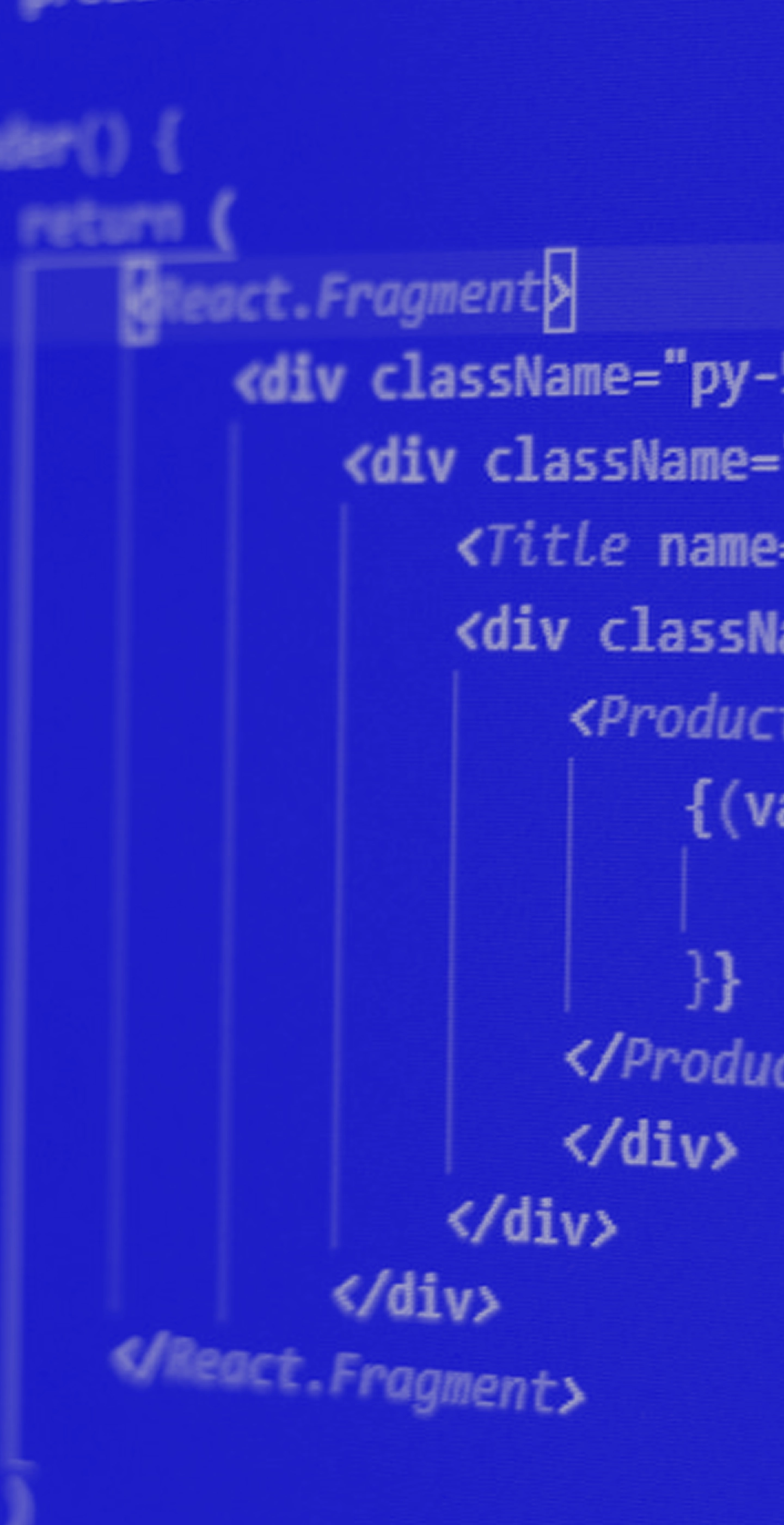

Java Development Services
Expert solutions in Java backend, Spring Boot, microservices & enterprise systems
Let’s discuss how Java can power your next scalable product.
Contact us
Why Java Development Matters?
Java remains one of the most reliable and versatile programming languages, powering everything from enterprise systems to modern web and mobile apps. Here’s why it still leads the way.
- Platform Independence
Java runs anywhere, from servers to mobile devices, thanks to its “write once, run anywhere” nature.
- Scalability for Growth
Ideal for high-load systems — Java handles millions of users and complex logic with ease.
- Strong Community & Ecosystem
Decades of global developer support and countless libraries accelerate development and troubleshooting.
- Enterprise-Level Security
Built-in security features and frameworks make Java a top choice for sensitive business applications.
- Longevity & Maintainability
Java’s structure encourages clean code and long-term maintainability — a key for evolving businesses.
Our Approach
Step 1


Discovery & Analysis
We dive deep into your business goals to define the best-fit Java solution.
Contact us
Step 2


Architecture Design
Our team crafts scalable, modular architectures built for flexibility and performance.
Step 3


Agile Development
We build iteratively with frequent feedback loops to ensure alignment and speed.
Step 4


Quality Assurance
Every component is rigorously tested for functionality, security, and performance.
Step 5


Launch & Support
We deploy, monitor, and continue supporting your system post-launch to ensure smooth operations.
How does this work?
We deliver robust, scalable, and secure Java-based solutions using a structured approach that ensures clarity, speed, and high code quality. From deep analysis to launch and beyond — we act as your technology partner, fully focused on results. You don’t just get developers — you get an engineering team with a business mindset.
- Discovery & Analysis:
We start by analyzing your business goals, technical constraints, and functional needs. This deep understanding helps us make smart, informed decisions and reduce future risks. It lays the foundation for efficient architecture and optimal resource allocation.
- Architecture Design:
We design a stable, scalable, and maintainable architecture that accounts for performance, security, and future growth. Our team follows clean code principles, SOLID, and Java best practices. The result is a resilient solution built to last.
- Agile Development:
We develop iteratively using Agile — with frequent demos, clear priorities, and close client collaboration. You stay involved throughout the process, with full visibility and control. This ensures rapid progress and adaptability to change.
- Quality Assurance:
We integrate quality assurance throughout the lifecycle — with unit, integration, automated, and manual testing. Quality isn’t a final step — it’s part of the process. This ensures your product is stable, secure, and production-ready.
- Launch & Support:
We assist with launch, infrastructure setup, and CI/CD, and stay with you post-release to support and improve the product. The real success isn’t just shipping — it’s running smoothly in production. You can always count on our team to be there.
Comparison of Java Development with Other Popular Technologies
Java development remains one of the most reliable and scalable options for building enterprise-grade applications. Compared to other technologies, Java offers unmatched cross-platform compatibility, strong community support, and robust performance, making it a top choice for businesses seeking long-term stability and growth.
When to Use Java
Java is ideal for businesses that need reliability, performance, and scale. Use it when:
- You Need Enterprise-Grade Systems
Java is the go-to for ERPs, CRMs, and mission-critical software.
- You Expect High Traffic and Load
Its performance under pressure makes it perfect for high-load systems.
- You Plan to Grow Fast
Scalable architecture ensures your tech won’t hold you back.
- You Want Long-Term Maintainability
Java's stability ensures fewer bugs and easier updates over time.
- You Require Cross-Platform Compatibility
With JVM, your apps can work across various operating systems seamlessly.
What We Offer?
Our Java development services cover everything from MVPs to complex enterprise systems.
01
End-to-end product development tailored to your unique needs and industry.
02
Scalable, maintainable services architecture for modern, flexible applications.
03
We help upgrade or refactor your legacy systems to high-performing Java stacks.
04
Secure and scalable APIs for third-party systems, CRMs, ERPs, and more.
05
Continuous monitoring, updates, and improvements for long-term stability.
Why Choose Bluepes?
Senior Java Engineers Only
We work with experienced developers who bring deep technical and business insight.
Proven Track Record
Our Java solutions serve clients in fintech, healthcare, logistics, and more.
Focus on Business Goals
Every project is aligned with your growth, KPIs, and user expectations.
Transparent & Flexible Collaboration
Agile, honest, and easy to work with — just how partnerships should be.
Roles we can cover
Build your dream team with Bluepes's top june to architect-level talents

Let’s discuss how Java can power your next scalable product.
Contact us now!
Discover Java

How to Choose a Software Development Partner in Ukraine?
Nowadays, Ukraine is considered one of the best countries to work from if you are in the IT sector. While the current level of general economic growth is modest, the software industry has been blooming for the past decade, attracting more talent and creating a stable network of professionals.
Read article

Deep Learning Platforms
Artificial neural networks (ANN) have become very popular among data scientists in recent years. Despite the fact that ANNs have existed since the 1940s, their current popularity is due to the emergence of algorithms with modern architecture, such as CNNs (Convolutional deep neural networks) and RNNs (Recurrent neural networks). CNNs and RNNs have shown their exceptional superiority over other Machine Learning algorithms in computer vision, speech recognition, acoustic modeling, language modeling, and natural language processing (NLP). Machine Learning algorithms based on ANNs are attributed to Deep Learning.
Read article

Predictive Analysis in Business
Decision-making in business is often based on assumptions about the future. Many companies aspire to develop and deploy an effective process for understanding trends and relationships in their activity in order to gain forward-looking insight to drive business decisions and actions. This is called predictive analytics. We can define predictive analytics as a process that uses data and a set of sophisticated analytic tools to develop models and estimations of an environment's behavior in the future. In predictive analysis, the first step is to collect data. Depending on your target, varied sources are using, such as web archives, transaction data, CRM data, customer service data, digital marketing and advertising data, demographic data, machine-generated data (for example, telemetric data or data from sensors), and geographical data, among other options. It is important to have accurate and up to date information. Most of the time, you will have information from multiple sources and, quite often, it will be in a raw state. Some of it will be structured in tables, while the rest will be semi-structured or even unstructured, like social media comments. The next important step is to clean and organize the data - this is called data preprocessing. Preprocessing usually takes up 80% of the time and effort involved in all analysis. After this stage, we produce a model using already existing tools for predictive analytics. It is important to note that we use collected data to validate the model. Such an approach is based on the main assumption of predictive analytics, which claims that patterns in the future will be similar to the ones in the past. You must ensure that your model makes business sense and deploy the analytics results into your production system, software programs or devices, web apps, and so on. The model can only be valid for a certain time period, since reality is not static and an environment can change significantly. For example, the preferences of customers may change so fast that previous expectations become outdated. So, it is important to monitor a model periodically. There are plenty of applications for business based on predictive analytics. To conclude this article, we will briefly consider some of them.
Read article


